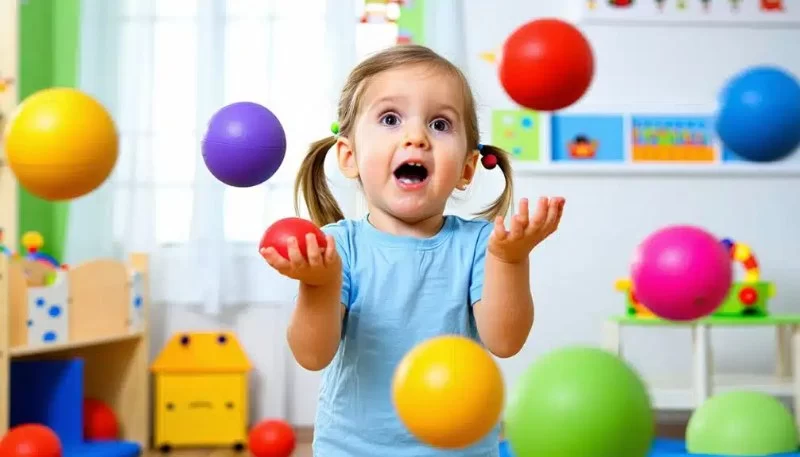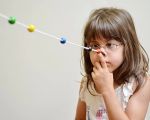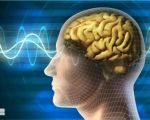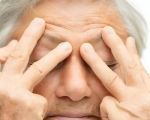
- understanding-eye-hand-coordination-and-why-it-matters
- training-the-connection-brain-vision-and-movement
- top-exercises-to-boost-eye-hand-coordination
- case-study-from-gaming-to-surgery-room
- daily-habits-that-support-eye-hand-development
- when-to-seek-professional-help
1. Understanding Eye-Hand Coordination and Why It Matters
Eye-hand coordination is more than just a sports term—it's a key component of everyday functioning. From tying shoelaces to catching a ball, this skill allows the brain, eyes, and muscles to work in harmony. Whether you're a chef plating a dish or a child learning to write, better visual-motor skills make tasks smoother, faster, and more accurate. In high-stakes fields like surgery or competitive gaming, it can even define success or failure.
2. Training the Connection: Brain, Vision, and Movement
Improving eye-hand coordination isn’t just about practice—it’s about targeted training. The brain must process what the eyes see and direct the hands accordingly in milliseconds. Neuroscience has shown that this connection can be strengthened through deliberate, repetitive actions. Many rehabilitation specialists and athletic trainers use drills that involve peripheral vision, depth perception, and quick motor responses.
3. Top Exercises to Boost Eye-Hand Coordination
Some of the most effective training methods are surprisingly simple. Here are a few evidence-based examples:
Ball toss against a wall: A tennis ball and a blank wall are all you need to train tracking, timing, and accuracy.
Juggling: While tricky at first, juggling forces your eyes and hands into constant synchronization.
Speed stacking or puzzle building: These stimulate rapid visual processing and fine motor control, especially effective for kids and teens.
Pro tip: Try using non-dominant hand drills. They enhance neural connections and challenge your brain differently—an approach even some pro athletes swear by.
4. Case Study: From Gaming to Surgery Room
James, a 28-year-old neurosurgeon in training, credits his fast reflexes and surgical steadiness to a childhood filled with arcade-style gaming. While video games aren't always praised for cognitive development, certain fast-paced genres have been shown to improve reaction time and eye-hand coordination. The same benefits apply to athletes like quarterbacks and tennis players who train with light-response drills and ball machines.
5. Daily Habits That Support Eye-Hand Development
It’s not just exercises—you can embed coordination training into your daily life:
• Cook without measuring spoons—rely on estimation and hand accuracy.
• Take up musical instruments like piano or drums to build timed motor rhythm.
• Engage in drawing or calligraphy to enhance control and visual precision.
Pair these habits with proper sleep and eye health for best results. If you're unsure where to begin, Eye Docs offers tools and consultation services to guide your eye-muscle performance at every age.
6. When to Seek Professional Help
If coordination issues start interfering with your quality of life—dropping objects, missing steps while walking, or difficulty copying from a board—it’s time to consult a professional. Occupational therapists and vision specialists can assess your current abilities and design a recovery or training plan. Don't wait for it to become an injury risk or emotional stressor. Seek support, and reclaim control.








